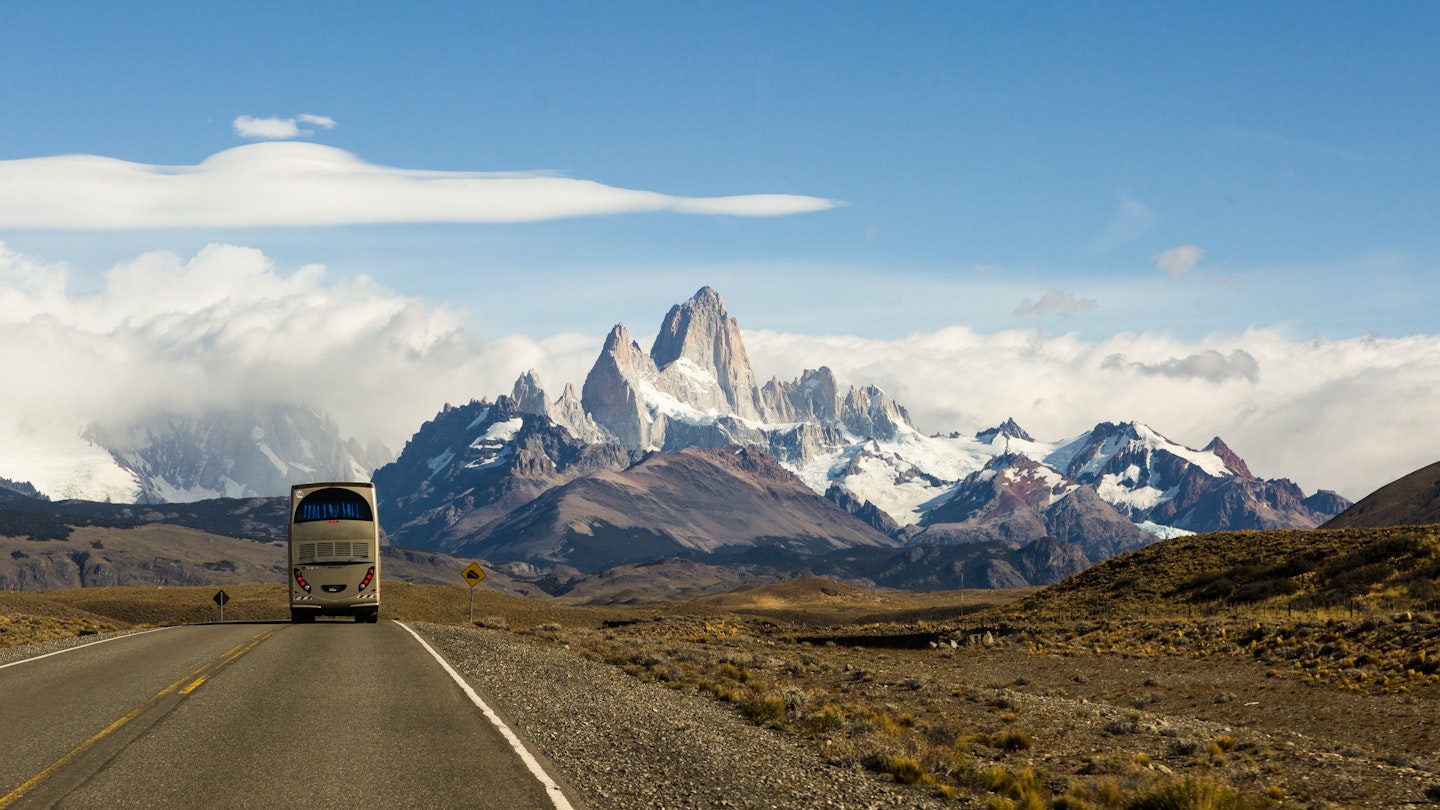Argentina is a vast country, offering a rich tapestry of landscapes and cultural experiences between its major tourist attractions. Covering just over 3.7 million square kilometers (1.42 million square miles) with a population of approximately 46 million, it is the world’s largest Spanish-speaking nation and the eighth-largest country globally.
Traveling Around Argentina: Your Guide
When planning your journey, you can choose from various options to travel around. Below is an overview of the primary modes of transportation available in Argentina.
Buses: The Best Option for Exploring Every Corner
Buses, known locally as micros, are the most practical choice for traveling throughout the country. With medium- and long-distance services available, you can comfortably traverse Argentina.
- Variety of Comfort Levels: Expect different types of buses, especially on long-distance routes, including semi cama (partially reclining), cama (reclining), and cama ejecutivo (luxurious) seating options.
- Onboard Amenities: Long-distance buses come equipped with restrooms, air conditioning, and sometimes even onboard Wi-Fi and USB ports, although reliability can vary.
- Safety Tips: If departing from Buenos Aires, ensure your belongings are secure, particularly at the Retiro bus terminal where personal items can be targeted.
Renting a Car: Explore New Roads
While renting a car in Argentina can be pricier than in Europe or North America, the flexibility to explore less frequented areas justifies the expense.
- Visiting Small Towns: Rent a car to access smaller towns in northwest Argentina, such as Salta and Jujuy, where bus services may be infrequent.
- Insurance Considerations: Always opt for unlimited mileage and ensure your rental agreement covers travel to neighboring countries.
- Road Conditions: National roads are well-maintained, though rural routes may present challenges with unpaved sections.
Trains: Scenic Journeys Await
Argentina once boasted one of the most extensive railway networks in the world. Although many intercity services have declined, train travel remains an excellent way to enjoy the scenic landscapes.
- Panoramic Views: Certain routes offer stunning views, particularly the iconic El Tren del Fin del Mundo in Ushuaia and Tren a las Nubes in Salta.
- Cost-Effective Travel: Train fares tend to be cheaper although the service frequency may not match that of buses.
Airplanes: Improved Prices and Connectivity
Air travel has become more accessible with the entry of low-cost airlines. The leading airline, Aerolíneas Argentinas, now competes with budget carriers like JetSmart and Flybondi.
- Booking Tips: Purchasing tickets in advance may yield savings compared to bus fares, particularly during peak travel months.
- Popular Destinations: Expect an increase in flights to major tourist hubs, including Bariloche and Mendoza.
Ferry Travel to Uruguay
Although boat options within Argentina are limited, taking a ferry is an excellent way to visit nearby cities in Uruguay quickly, such as Colonia and Montevideo.
- Service Providers: Companies like Colonia Express and Buquebus frequently operate services along the Paraná Delta.
- Accessing Ushuaia: If traveling by car or bus to Ushuaia, crossing into Chile and taking a ferry is essential.
Public Transport in Buenos Aires
Buenos Aires stands out as the only city in Argentina with a subway system (Subte), featuring multiple lines and extensive coverage.
- SUBE Card: A SUBE card is crucial for accessing the subway and the bus network, obtainable at subway stations or local kiosks.
- More Public Transport Options: The expansive bus network operates on a numbered system, and apps like Moovit can assist in navigating the city.
Cycling in Argentina
Cycling is becoming increasingly popular, particularly in Buenos Aires, with more than 300 kilometers (186 miles) of dedicated bike lanes.
- Bicycle-Sharing Options: The Ecobici system provides easy access to bikes across the city for both residents and visitors.
- Scenic Cycling Routes: For adventurous riders, routes like the Seven Lakes Route in Patagonia offer breathtaking views.
Accessibility Challenges
While Buenos Aires is making strides in improving accessibility, significant barriers remain. The city is focused on developing wheelchair ramps and improving access in public transport.
- National Parks Accessibility: Some of Argentina’s most famous parks have begun to implement accessible infrastructure, including trails and adapted chairs.
By understanding the various transportation methods available, visitors can navigate Argentina effectively while enhancing their travel experience. Ensure your plans align with local transport options to make the most of your journey in this diverse country.





